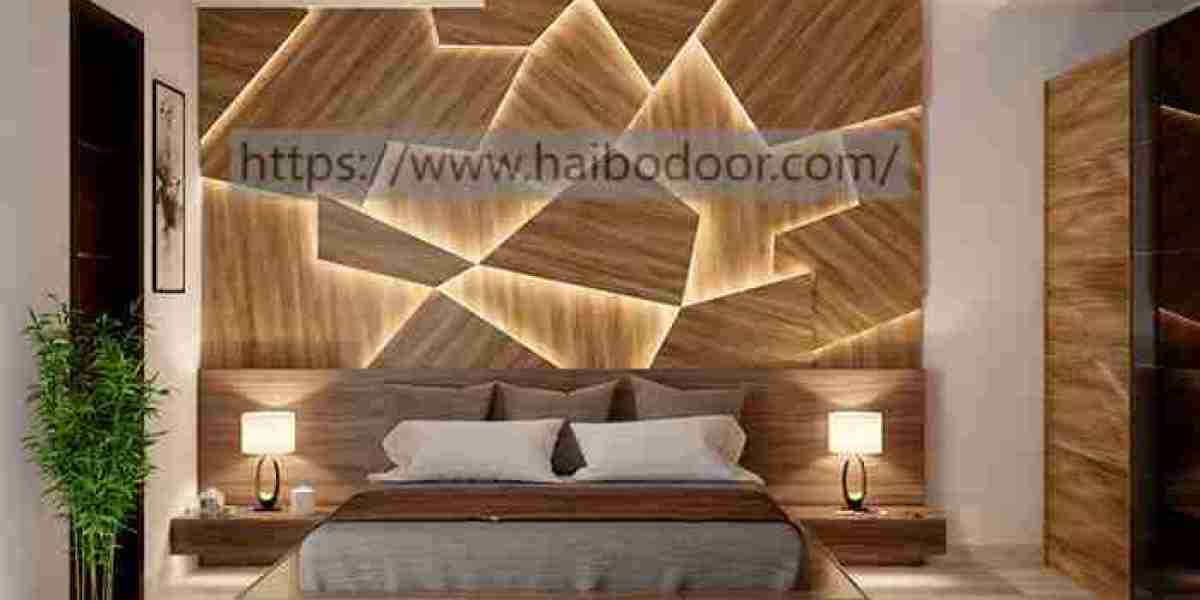Wall panels are more than just background—they frame your furniture, enhance texture, and set the stage for all other materials in a room. At Haibo’s Wall Panel Factory , we believe the secret to a space that feels truly finished lies in one subtle move: matching your wall panels with your home’s hardware tones.
This doesn’t mean everything should be the same color. Instead, it’s about creating visual rhythm—where your matte black cabinet handles echo the lines of your dark slatted wall panel, or your satin brass door levers pick up on the warmth of honey oak panels in the hallway.
Understand the Base Tone of the Panel
Every wall panel has a base undertone. Some wood finishes lean warm—like walnut, cherry, or golden oak. Others, like white oak, ash, or gray-washed pine, lean cooler. The trick is to pair your hardware with that tone.
For warm-toned panels, handles and levers in antique brass, copper, or even brushed bronze create visual comfort and cohesion. In cooler spaces, matte black, stainless steel, or gunmetal accents keep things sleek and balanced.
If your wall panel has a bold texture—like vertical ridges or natural grain knots—try to match it with hardware that has a visible texture too. A hammered bronze handle or brushed finish will tie in beautifully.
Repeat, But Don’t Overdo
One of the most effective design tactics is repeating an element just enough for it to feel intentional. So if your hallway wall panels are a rich dark wood, consider matching the front door’s handle finish or adding coordinating trim to adjacent cabinetry.
But be careful not to repeat every detail. If your wall panel and cabinet front are the same tone, break it up with contrast—perhaps a handle in matte black or leather.
Wall panels also offer opportunities to introduce unexpected hardware materials: leather hooks, wood-accented metal handles, or hidden edge pulls that echo the simplicity of paneling lines.
Transitions Between Spaces
One overlooked opportunity for color coordination is how your wall panels and hardware flow from one room to the next. For example, if your entry features vertical teak panels with bronze handles, and your kitchen features light ash panels, you can bridge them with a shared hardware finish like aged brass or brushed champagne. This subtle echo gives the entire home a curated, connected feel.
Wall paneling and hardware might seem like two separate design choices—but when chosen together, they turn your space into a visual story. Discover more texture and tone pairings at www.haibodoor.com and bring your walls into the design conversation.


